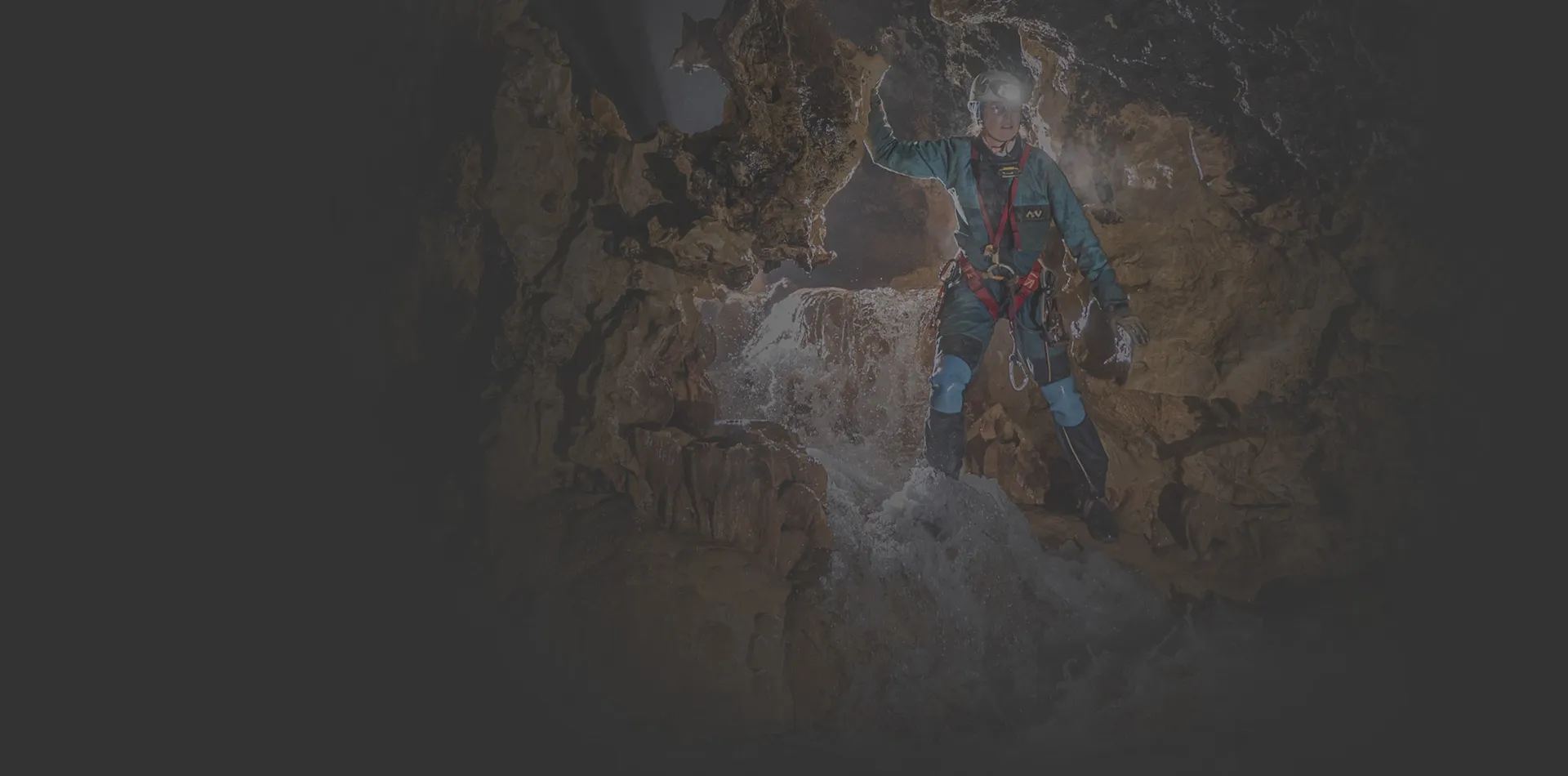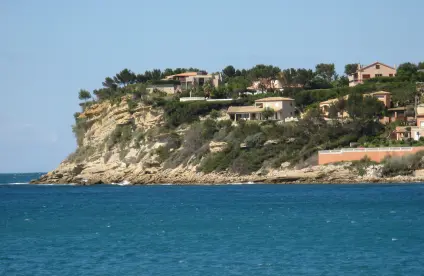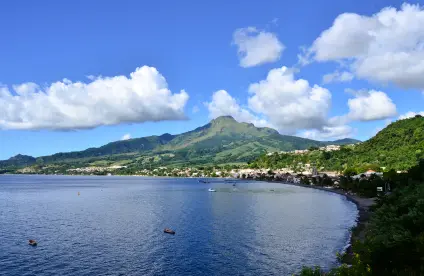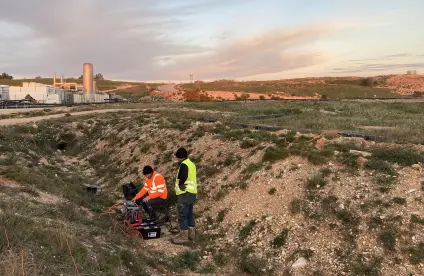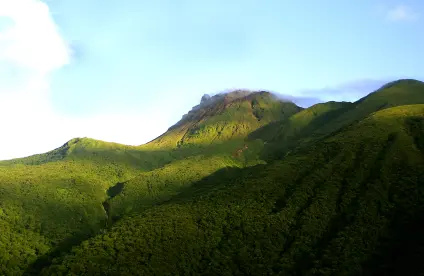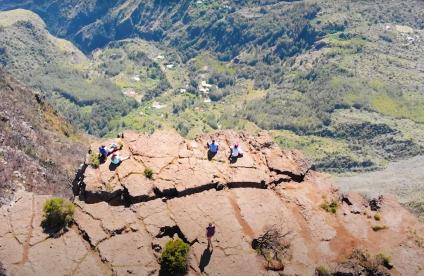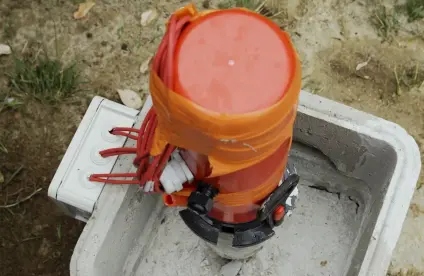
Remote camera for monitoring Sargassum seaweed washing up on the beaches of the French Caribbean (La Désirade, 2019).
© BRGM
The need
In order to improve the understanding of this phenomenon and its impact on the coastline, BRGM, in partnership with ADEME and the DEALs of Guadeloupe and Martinique, decided to develop observation tools to improve monitoring and management. To meet this objective, this project is experimenting with a network of autonomous cameras that will be able to monitor changes in these events remotely and continuously, and then inform the management authorities in real time.
The project has two scientific objectives: to gain a better understanding of the transport of Sargassum in the near-coastal zone, and to assess the various collection techniques and their impact on beaches. This monitoring will help characterise the impact and management of the washed-up seaweed, through an analysis of changes to the coastline.
The results
The system was installed in 2018 at seven sites in Guadeloupe and 15 in Martinique, in order to cover the main coastlines exposed to Sargassum stranding and supplement the existing monitoring schemes. Image processing algorithms were successfully developed to automatically detect Sargassum and calculate the surface areas concerned by its accumulation.
According to the tests performed, the algorithm is able to faithfully detect the presence of Sargassum even when there are gaps in the time series, often due to images where on-site visibility was greatly reduced (low light, lens fogging). Over the monitoring period, the results obtained show the highly variable dynamics of the natural mechanisms of Sargassum arrival or, conversely, the expulsion of washed-up seaweed by the sea.
The positions of the different coastlines were also extracted from the images in order to analyse how they change over time. Although it is still currently difficult to assess the impact of the presence and management of Sargassum on coastline dynamics, the initial results suggest that the seaweed plays a protective role against episodes of heavy swell.

Changes over time in the proportion of Sargassum detected on the beach of Grande Anse Macabou in Vauclin, from January to November 2019, Vauclin.
© BRGM
Using the results
The algorithms developed were used in a processing chain to design an alert system to inform the authorities in real time of changes in seaweed accumulation at the studied sites. This system offers many opportunities for better management of Sargassum accumulation in the French islands of the Caribbean, and in the Caribbean region more widely.
The partners
- ADEME
- DEAL Guadeloupe and Martinique

It is currently hard to predict the arrival of Sargassum. BRGM's scientific contribution provides us with solid and accessible knowledge, in particular images that help us anticipate Sargassum behaviour. The study is due to be completed in the autumn of 2020, and our ultimate goal is to implement automated alerts using camera detection. This will improve the speed of response in the field by refining the seaweed forecast bulletins.
